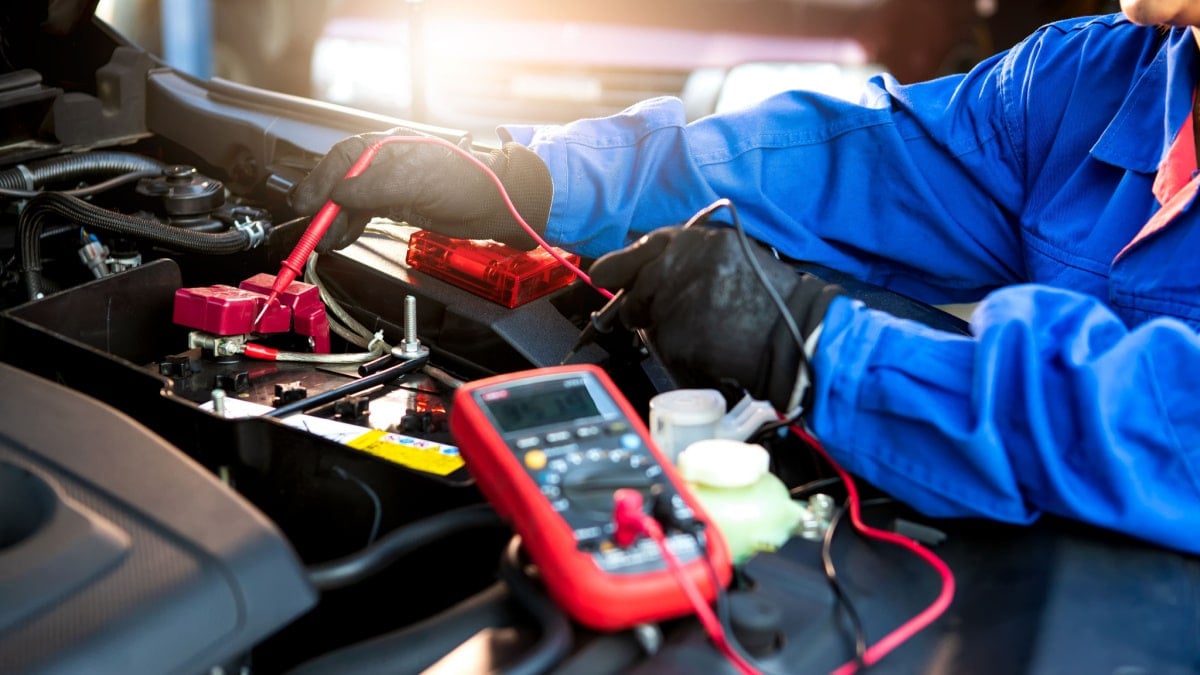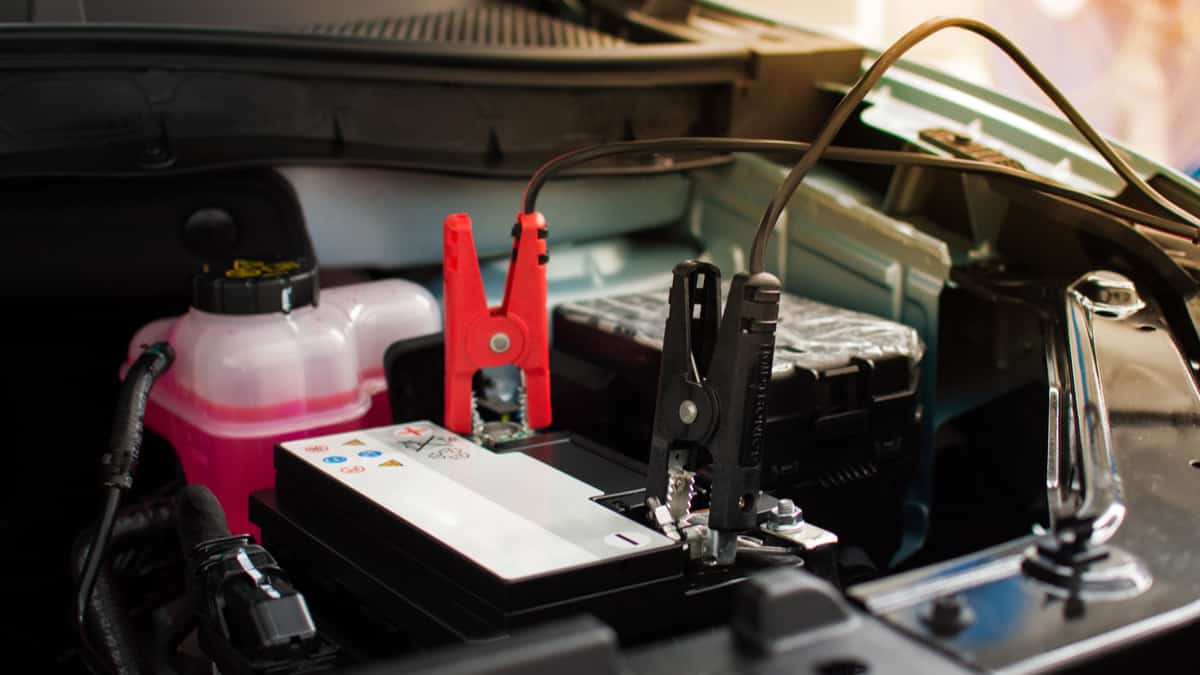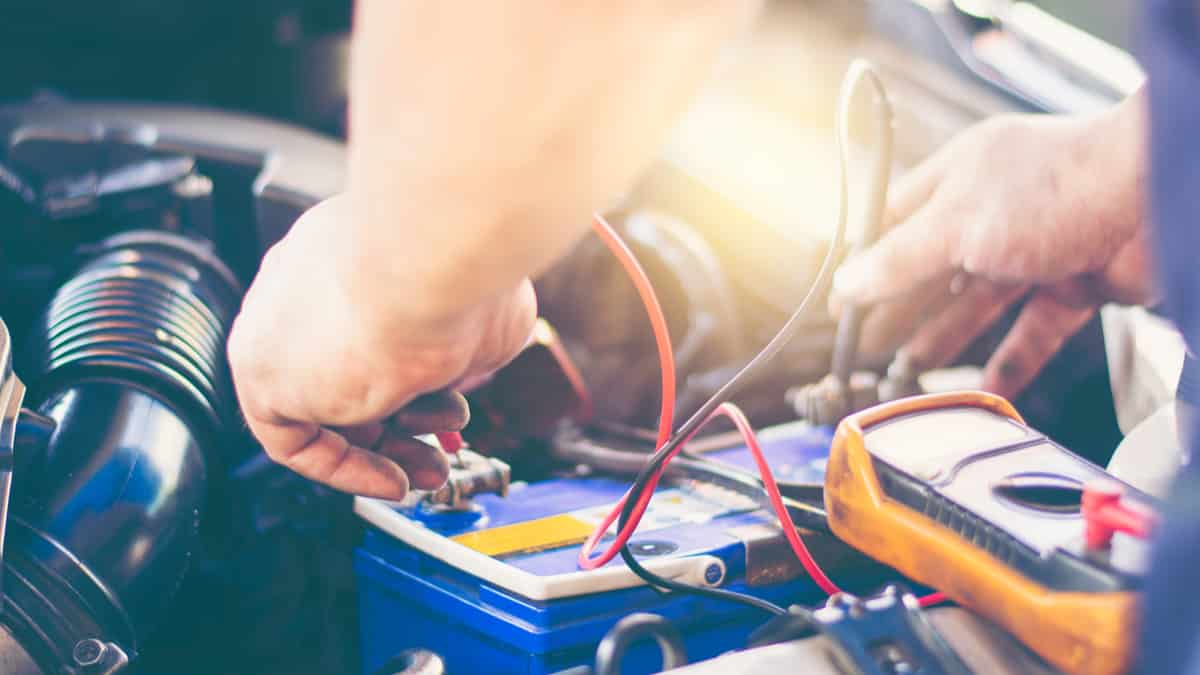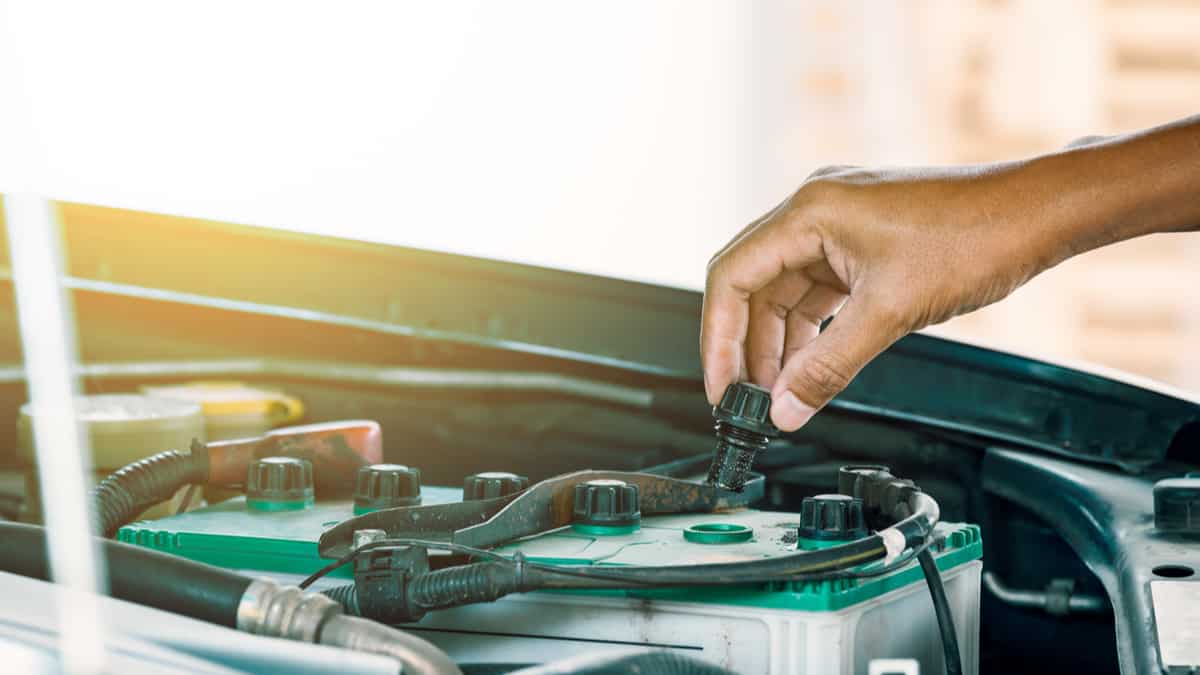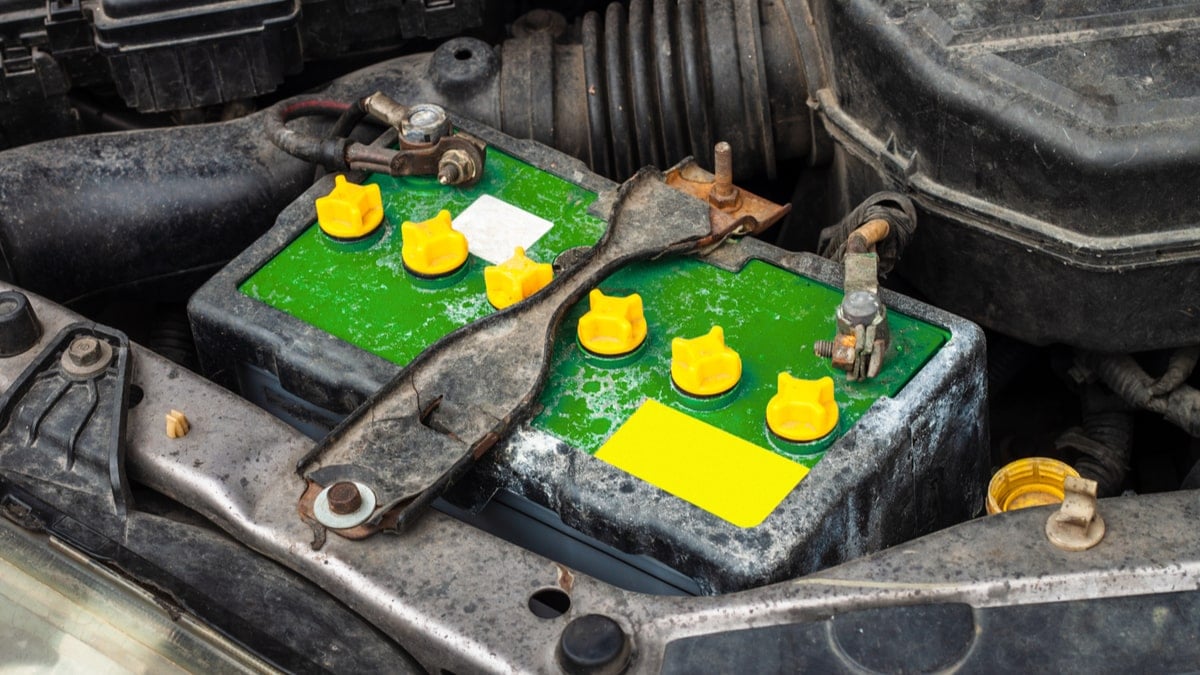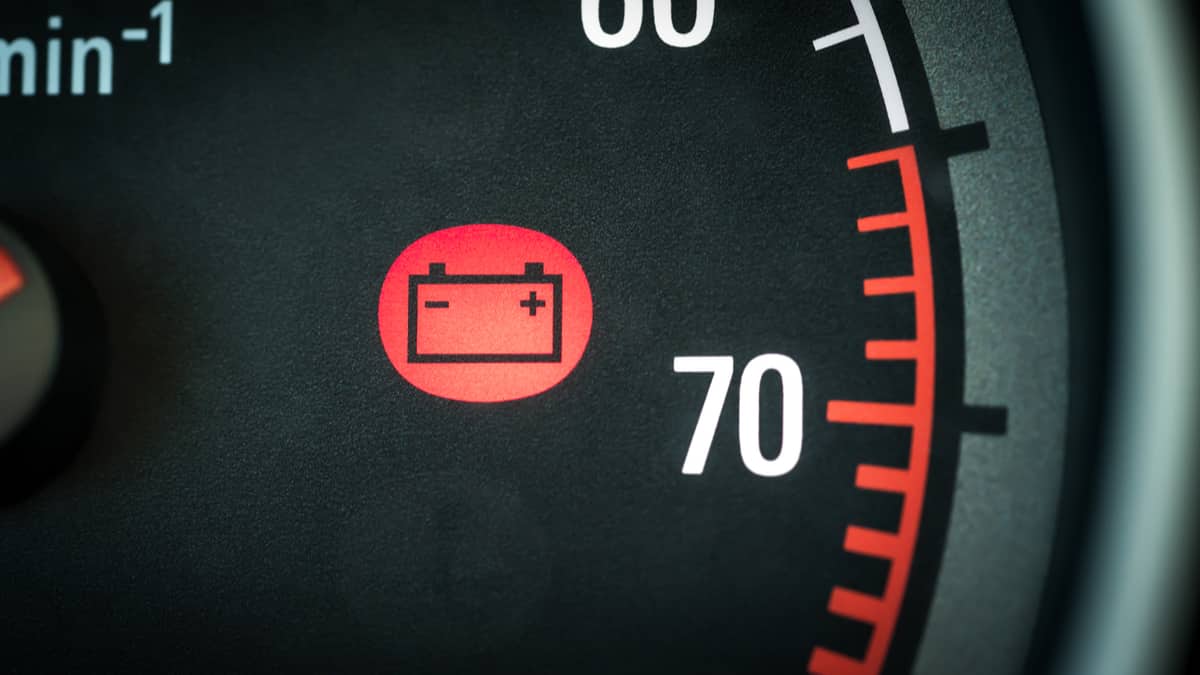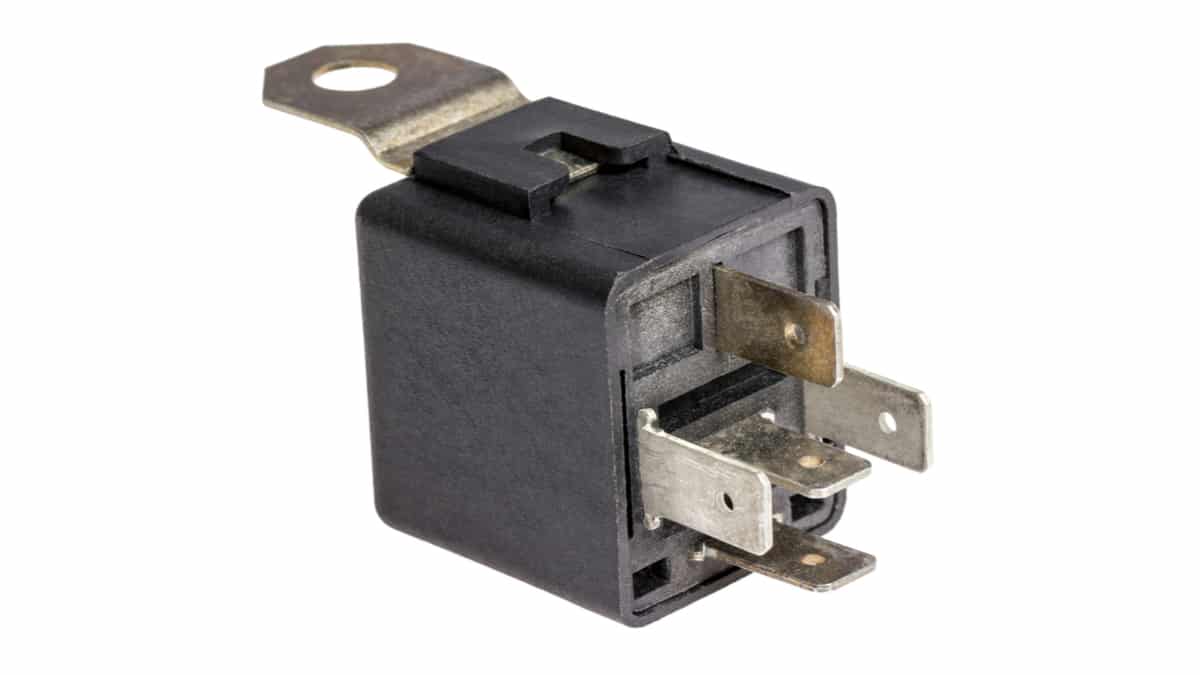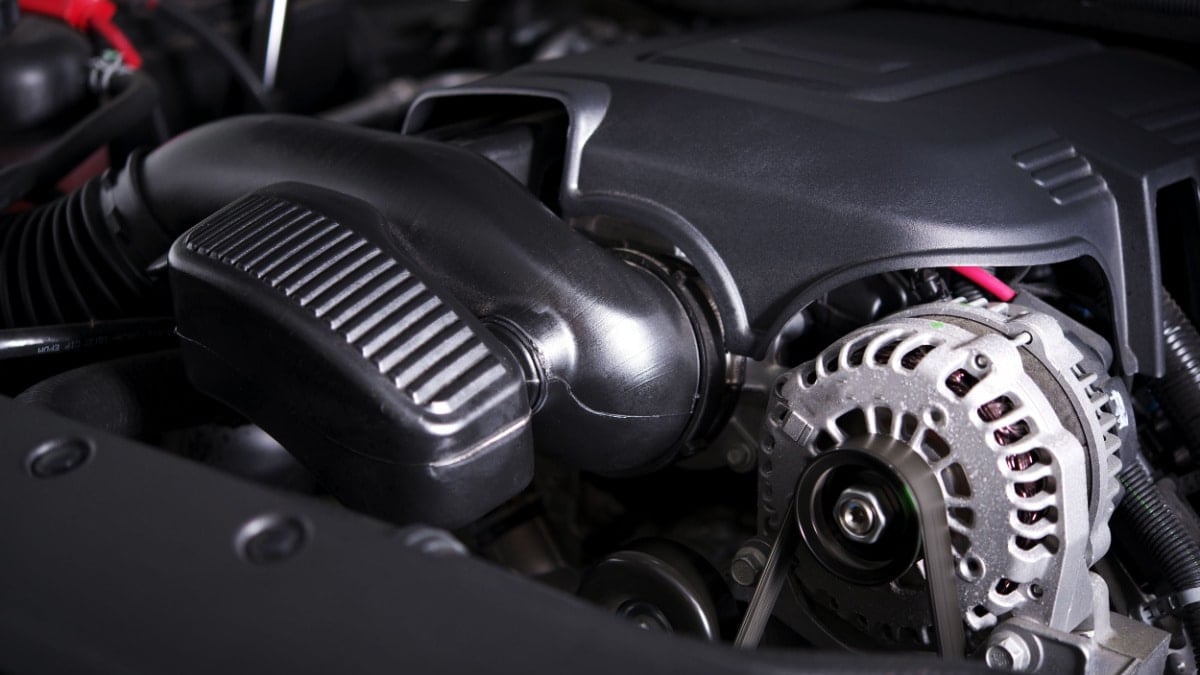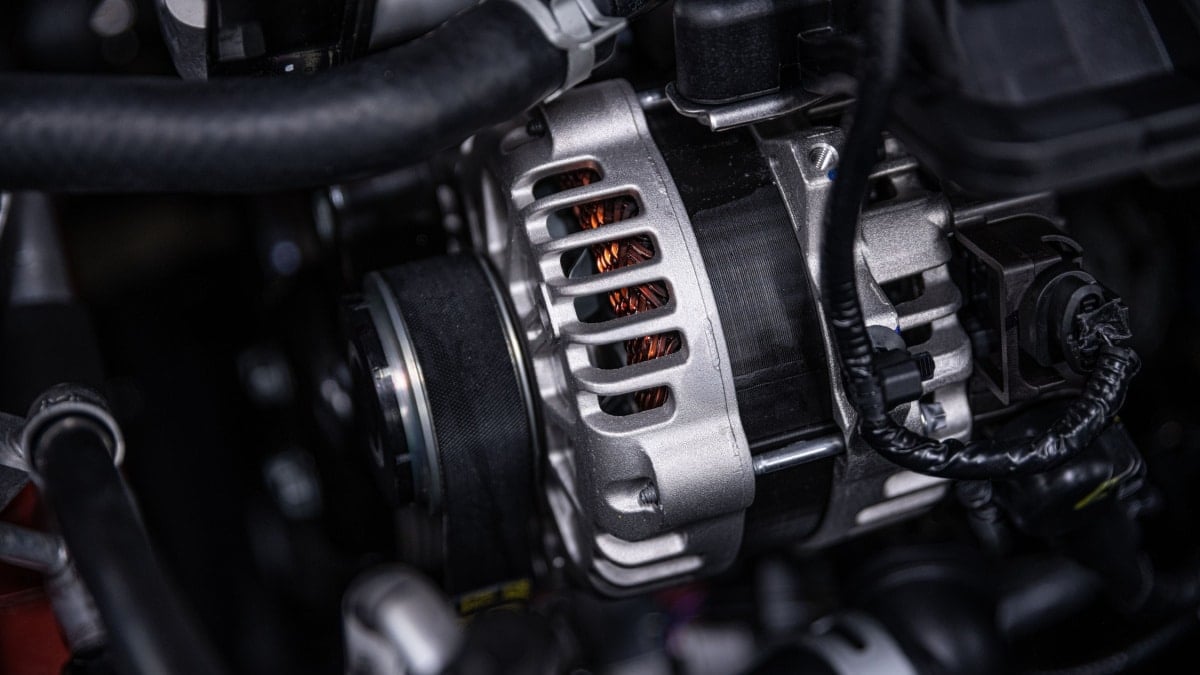If the car battery keeps dying, your problem might actually be the alternator instead. By learning how to test a car alternator, you can figure out what’s going on, so it can be quickly fixed.
In this guide, we discuss the importance of the car alternator and show you how to test it. We also show you signs that the alternator is dying and evaluate the cost of replacing this vital automotive part.
How to Test a Car Alternator with a Multimeter
Prepare the Multimeter
However, some units don’t have incremental settings. In this case, just make sure it’s setup to read DC volts.
Start the car engine
You can even make the test a little bit more extreme if you want and activate other electric consumers like windshield wipers or seat heat. However, keep in mind that if you have an older engine, it may cause the voltage to drop a lot which could result in faulty diagnostics of the alternator.
Locate the battery
Check your owner’s manual for the battery location if you can’t find it.
Probe Battery Terminals
The black probe doesn’t have to touch the negative terminal, but it does need to be grounded. Therefore, it should at least touch unpainted metal on the chassis instead.
Evaluate Reading
However, if the alternator is charging under 12,5 volts at idle, there is definitely something wrong with the charging system or the alternator.
With the car engine off, the battery should read 12 to 12.6 volts. If it’s below that, the battery could be dead.
RELATED: Alternator Not Charging? (Here’s How To Fix It)
Alternative Ways to Test a Car Alternator
1. Screwdriver
If you don’t have a multimeter and you don’t want to disconnect the battery, a simple screwdriver can help with diagnosis. Turn on the key until it reaches the ON position. Just don’t start the car engine.
Put the metal tip of your screwdriver by the alternator nut found on the pulley. The screwdriver should move closer to the alternator because of magnetism. If it doesn’t, the alternator could be dead or failing.
2. Test Light
The test light is a cheap tool that can show if there’s power flowing through a part. You can use it to test the alternator.
Sadly, it’s not going to offer a lot of information other than that the alternator hasn’t completely failed. If there’s any amount of power, the test light will activate.
3. Auto Parts Store
If you don’t feel like diagnosing the alternator yourself, you can take it to a local auto parts store. Most of the nationwide chains offer free diagnosis.
The only trouble with this method is that you must first remove the alternator. For the team to bench test the alternator, it has to be removed.
What is the Car Alternator?
The automotive alternator operates just like a standard generator. It’s found at the front of the car engine and it’s powered by the vehicle’s serpentine belt.
The main role of the alternator is to provide electricity to the vehicle, thereby running the accessories and features while the car engine is running. It also recharges the battery during a drive. Every car with an internal combustion engine and most hybrids contain an alternator.
Signs of Failing Alternator
1. Dead Battery
The alternator is responsible for keeping the car battery charged. If it’s not working, the car battery is going to die, even if you started out with a full charge.
Because most people don’t understand what the alternator does, they change the battery out, assuming that’s what’s wrong. Once the new battery dies, it becomes more evident that the problem was actually the alternator.
RELATED: 6 Symptoms of a Bad Alternator (& Replacement Cost)
2. Battery Light
On your car’s dashboard, you have many lights that tell you when something is wrong. There’s also one for the charging system, closely resembling a battery.
When the battery warning light comes on, it tells you that there’s not enough charge getting to the battery. This light could come on just before the battery dies, so you may not have a lot of time to respond.
3. Malfunctioning Lights/Electronics
Your car’s lights run off of the alternator when the car engine is going. As the alternator fails, the lights will begin to flicker. This condition is most common when the alternator provides a varying amount of voltage.
The same situation can occur with the car’s electronic equipment. Whether you are trying to use the car stereo, air conditioning or power windows, you might notice everything starts to malfunction as the alternator fails.
4. Burning Smell
The serpentine belt is responsible for spinning the alternator’s rotor. It’s constructed from a reinforced rubber material. If the serpentine belt starts to fail, the alternator isn’t going to work right. While you may think the problem lies with the alternator, it turns out to be the belt instead.
However, the alternator can also fail and lead to damage to the serpentine belt. Either way, this belt damage often creates a burning smell. If you smell fire, it’s best to pull over in a safe spot and shut off the car.
5. Stalling Engine
When the alternator doesn’t keep the battery charged, the car will stall. It might not start back up either unless there’s enough juice left in the battery.
On the other hand, if the car starts but keeps stalling, you are dealing with other issues. You may have a fuel system malfunction or need to change the spark plugs.
6. Strange Sounds
The failing alternator can make a variety of sounds, none of which are normal. For example, if there’s an issue with the serpentine belt, you will hear a whining sound.
As the alternator fails, you will hear a piercing, high-pitched tone. There could also be a knocking or grinding noise if the problem stems from the bearings inside the alternator.
RELATED: Charging System Failure – Meaning, Causes & How to Fix
Cost to Replace Alternator
On average, you might spend between $150 and $500 for the alternator replacement. Starting with parts, you could spend $75 to $250 to purchase an aftermarket alternator, while the OEM option is going to cost more.
If you can change the alternator yourself, you may only need two to three hours to fix the problem. If you aren’t familiar with the standard alternator replacement, you will have to pay a mechanic. This charge is going to depend on where you take it for service and what type of car you drive. On average, you can expect this price to be around $75 to $250 to have it professionally fixed.
On top of that, the failed alternator might not be your only problem. During the installation or diagnosis, it might become evident that other parts need to be replaced. You could also need a new battery or serpentine belt in the process, both of which will add to an increased price.
How do you know if it’s your alternator or battery?
The easiest way to know if it is your alternator or your battery that is bad is to measure the voltage when the engine is running. If you get a voltage below 12,5 volts when the engine is running, the alternator is probably bad. If the alternator is charging well, but the voltage is low with the engine off it’s most likely caused by a bad battery.
Can you test an alternator by disconnecting the battery?
It is definitely not recommended to disconnect the battery to test the alternator, but it works and is an old way of testing the alternator. However, there is a high risk that you could cause voltage spikes by doing so which could damage expensive electronic parts.
Can an alternator drain a battery when the car is off?
No, a bad alternator will not drain your battery when the car is off. If your battery is draining when the car is off, it is more likely a problem with an electrical consumer such as the car stereo, door lock or door switch.
How do you start a car with a bad alternator?
To start a car with a bad alternator, you need to jump start the car. But if the alternator is bad, the car will soon die again when you remove the jump starter or jumper cables.
RELATED: 6 Symptoms of a Bad Car Battery, Location, Function & How to Test it
